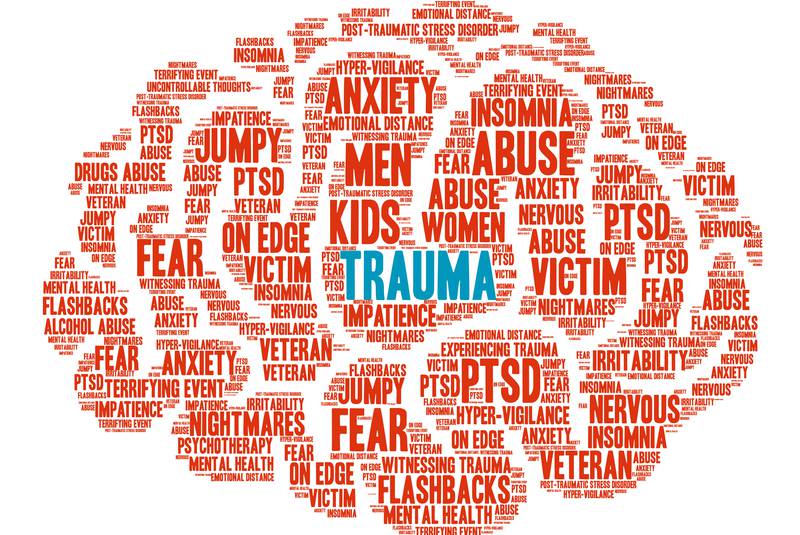Inmate Trauma- How can it be Helped?
Across the United States, there are numerous federal, state, and county prisons. These institutions house individuals who are fulfilling a sentence due to a committed crime. However, it is rare that a person- once in the system, will be a one-time offender as the criminal justice system views high rates of habitual offenders. A large part of that could be due to the prison system itself and methods geared towards rehabilitation. Half, if not more, of the individuals entering prison or jail, are diagnosed with post-traumatic stress disorder (Widra, 2020). Once in the system, the trauma does not cease but only will continue. Attending court, receiving a sentence, and transitioning to a new type of life can all be traumatic factors in a person’s life. To that point, mental health diagnoses are high amongst those in the criminal justice system. Within the facilities, women have higher rates of abuse than men. That can take the form of physical abuse, sexual abuse, substance abuse, and more (Rousseau, 2022). Rates of depression and anxiety are seen at high rates between the sexes (Bartol & Bartol, 2021). In 2005, there were 26,396 reported incidents of inmate-on-inmate assaults (Widra, 2020). In 2016, 255 people across state and federal prisons committed suicide, while 333 individuals completed suicide in county jails (Widra, 2020).
The statistics above demonstrate that there is a mental health crisis in the United States prison system. Multiple offenders experience trauma beginning in childhood, and that cycle continues into adulthood. Post-Traumatic Stress Disorder (PTSD) can include anger outbursts, flashbacks, nightmares, sleeplessness, negative thoughts about oneself, and more (Post-traumatic stress disorder). The Trauma-Informed Theory is most helpful to assist the criminal justice system with rehabilitation. The Trauma-Informed Theory helps to recognize triggers and past traumas while learning how to move forward. The theory also teaches management and coping skills for symptoms while reducing stressors (Rousseau, 2022). Focusing on trauma can help dissipate current violence and help prevent future assaults. More than not, people who have experienced trauma are more likely to find themselves in that situation again if not intervened. I believe a focus on PTSD and trauma symptoms would further allow offenders to mend and integrate within an institution and everyday life following.
Bartol, C. R., & Bartol, A. M. (2021). Chapter 6. Criminal behavior: A psychological approach. Pearson.
Rousseau, D. (2022) Module 4: Implementing psychology in the criminal justice system. Boston University. Blackboard.
U.S. Department of Health and Human Services. (n.d.). Post-traumatic stress disorder. National Institute of Mental Health. Retrieved from https://www.nimh.nih.gov/health/topics/post-traumatic-stress-disorder-ptsd
Widra, E. (2020). No escape: The trauma of witnessing violence in prison. Prison Policy Initiative. Retrieved from https://www.prisonpolicy.org/blog/2020/12/02/witnessing-prison violence/#:~:text=Even%20before%20entering%20a%20prison,of%20the%20general%20male%20population.

One comment
Hi, Layla – This was such an important topic!!! I find the statistics horrifying. Whether it is people with mental illness being incarcerated or incarceration causing or exacerbating mental illness, it is clear that the carceral system needs to pay more attention to trauma-informed programming and approaches. I cannot help but wonder if the reason so few institutions take these steps is more than just stigma or cynicism about the veracity of the studies, but the disbelief that mental illness exists at all. There is a “get over it” mentality in the United States which believes that issues such as post-traumatic stress and depression and anxiety are merely weakness of the will. Meanwhile, issues like schizophrenia and psychopathy render a person worthless and/or untreatable. Not only do we need to revamp the CJ system, but I believe educating the population at large about the prevalence of and hardship caused by mental illness in order to garner the most compassion and support.
Really powerful post!
Jen
Comments are closed.